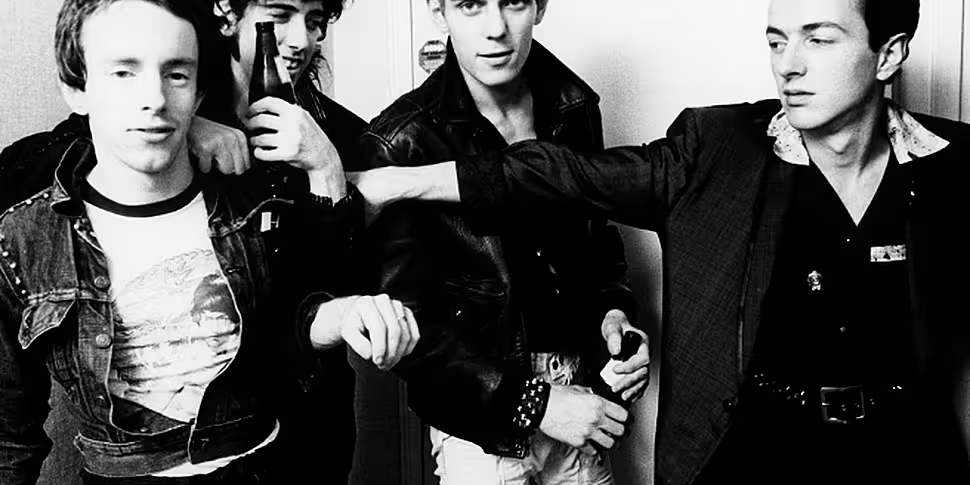“Authority is supposedly grounded in wisdom. But I could see from an early age that authority was only a system of control. It didn’t have any inherent wisdom.” Joe Strummer, Westway to the World
As Margaret Thatcher is laid to rest, her politics and ideals have come sharply into focus.
Divisive issues like deregulation and the miners’ strike have been exhumed from dormancy.
The Iron Lady became Britain's first female Prime Minister on the 4th May 1979. That very day, an EP entitled The Cost of Living was released by London’s pre-eminent punk band, The Clash.
Joe Strummer, their politically charged lead singer, wasn’t over the moon.
According to Pat Gilbert’s biography, Passion is a Fashion, Strummer wanted the EP’s cover to show a picture of Thatcher superimposed onto a swastika. This idea was nixed by lead guitarist Mick Jones who uttered; “I’m not having a picture of a politician on one of my records!”
December of that year saw the release of their masterpiece, London Calling. Global superstardom followed before infighting and drugs tore the group apart in the early eighties.
Their extraordinary journey is detailed in Don Letts’ superb documentary The Clash: Westway to the World.
Letts was resident DJ at the Roxy nightclub, a notorious punk landmark during the seventies. There, while turning reggae LPs, he met The Clash. He became the band’s videographer and shot the music videos to London Calling and Rock the Casbah.
Here, he gathers together all the members from the band’s successful period; Strummer, Jones, bassist Paul Simonon and drummer Topper Headon.
The band recall the influence of the sixties counter culture and acts like The Sex Pistols and The Ramones. Strummer and Simonon discuss their initial instrumental deficiencies, and how the arrival of the extravagantly talented Headon changed their fortunes.
The interviewees are engaging, honest and consistently funny. They detail extraordinary events; their catastrophic first gig in Sheffield, signing with CBS records to the disgust of the punk fanzines, the making of their insane triple album Sandinista, and their fifteen-night residency in New York’s Bond nightclub.
Recollections from the band are intercut with fantastic performance footage.
The early recordings showcase the sheer energy and intensity of the four-piece, transcending the simplistic song structures. Within a year though, you can see a more streamlined look and refined sound, as they move far beyond the trappings of punk into reggae, rock and even rap.
Strummer looks remarkably well preserved in the documentary. It’s extraordinarily sad to think that he would suffer a fatal heart attack within only a couple of years of its making.
Headon looks distressingly gaunt, ravaged by years of heroin use. Thankfully, he has since kicked the habit and is in pretty good shape all things considered.
While the band holds nothing back when discussing their explosive rise to the top, they are hesitant to elaborate on the split. A number of factors contributed to their demise but go mostly unexplored here.
Nevertheless, Westway to the World is a brilliant insight into a band that rose from the London squats, to Shea Stadium, before imploding at the height of their powers.
Winner of the Grammy for Long Form Music Video in 2002, Westway to the World is simply one of the finest music documentaries ever made.
Stephen Higgins.









